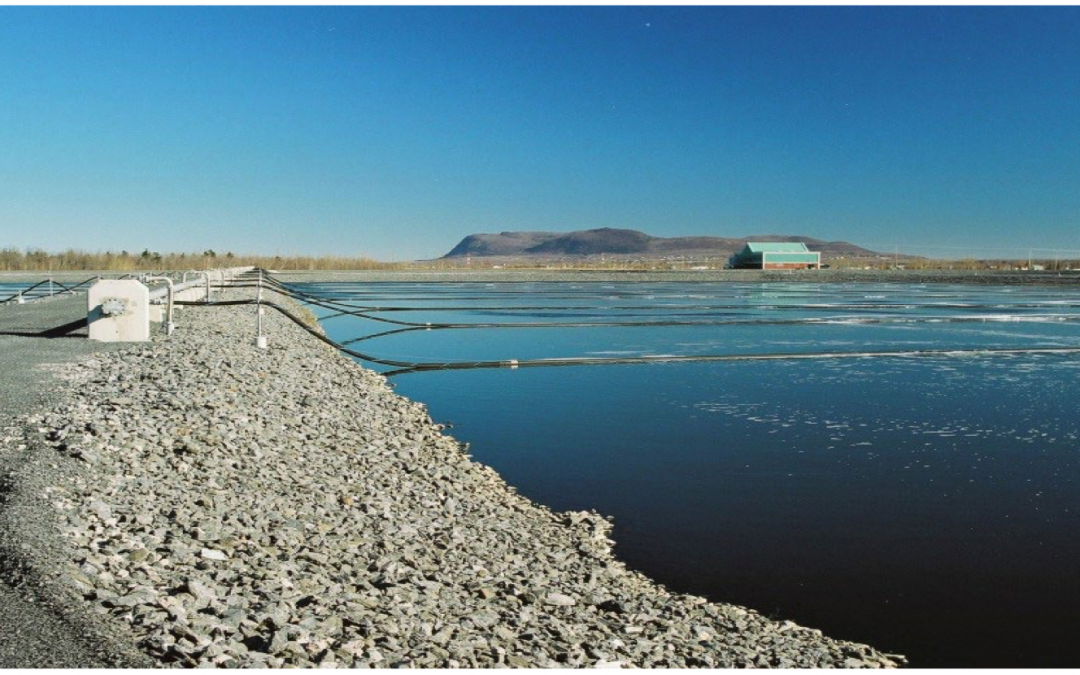
by Juls Clemente | Mar 25, 2020 | Toxicity Mitigation
Industrial WWTP 2.1 MGD In need of a recovery plan for their wastewater treatment system, an industrial oil refinery in New Mexico used BioLynceus® to restart their biological treatment after a toxic hit. The refinery was processing 50,000 barrels of crude oil a day....
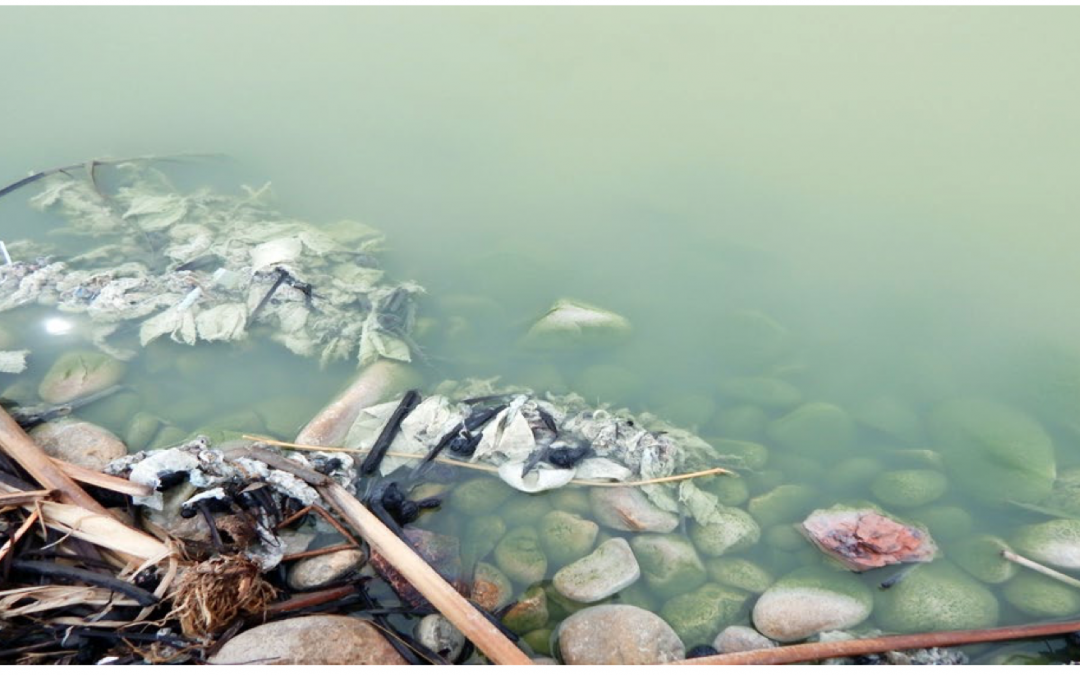
by Juls Clemente | Mar 25, 2020 | Toxicity Mitigation
Lagoon WWTP 0.2 MGD The biology in wastewater lagoons can be significantly impacted by toxic substances introduced from illicit drug manufacturing. Surface waters contaminated with drugs, and the chemicals used to manufacture them, are known to suppress aquatic life,...
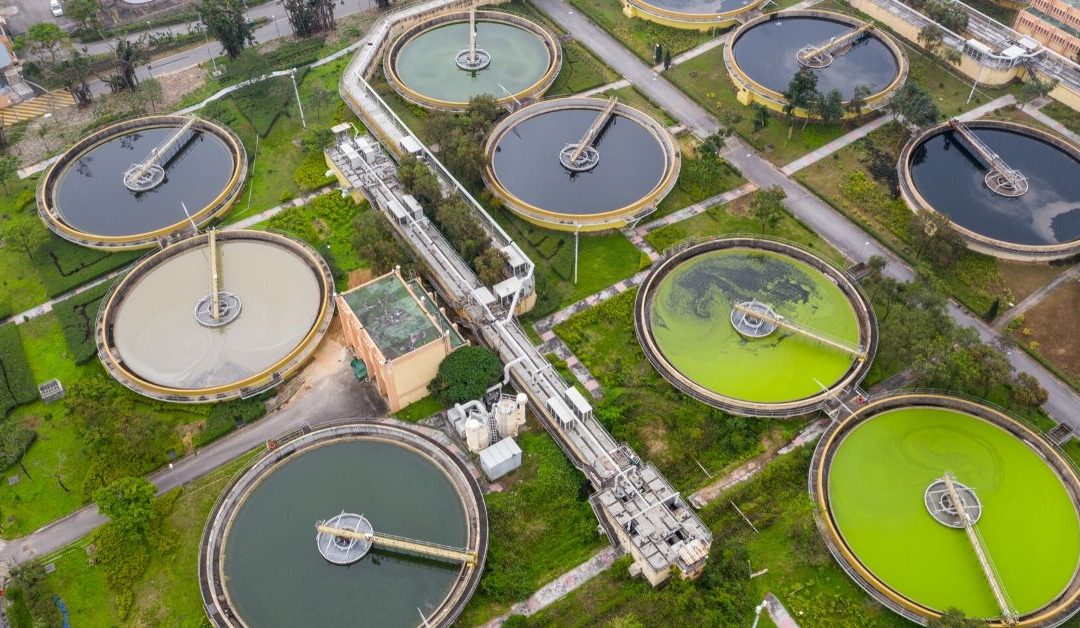
by Juls Clemente | Mar 25, 2020 | Toxicity Mitigation
Mechanical WWTP .06 MGD Wastewater treatment utilities receiving inputs from industrial and anthropogenic sources are highly susceptible to toxic waste inputs. Toxic loads are often sporadic and can be extremely devastating to the biomass in treatment facilities. The...
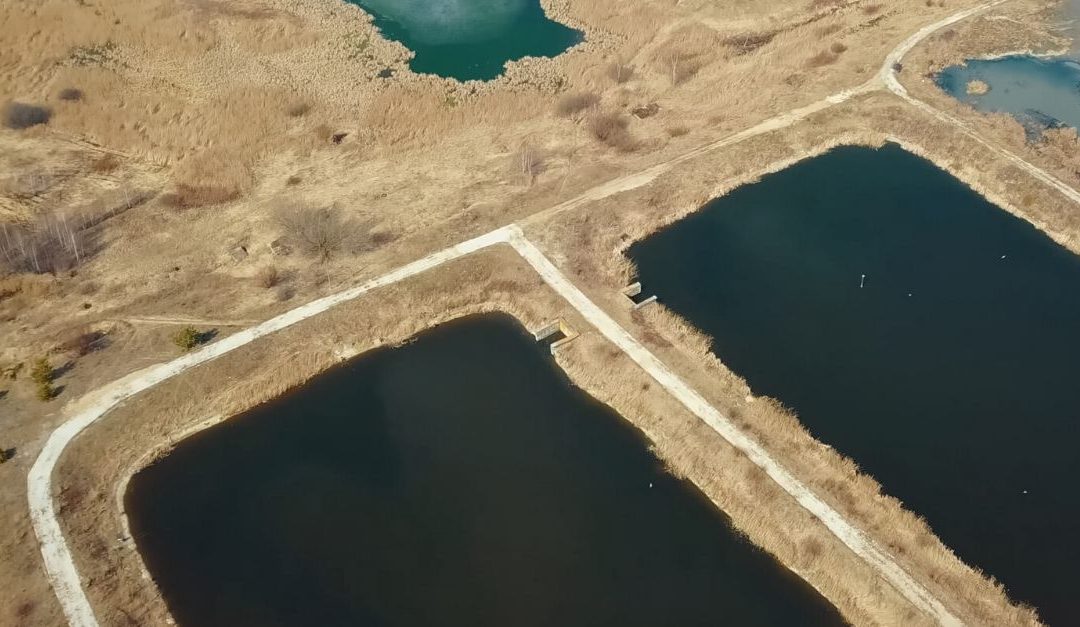
by Juls Clemente | Mar 25, 2020 | Case Studies, Toxicity Mitigation
Lagoon WWTP 0.3 MGD Wastewater lagoon systems often experience biological upsets when toxic loads are introduced. Specifically, the chemicals used in illicit drug manufacturing can cause significant harm to the microbial communities in surface waters. Municipal lagoon...
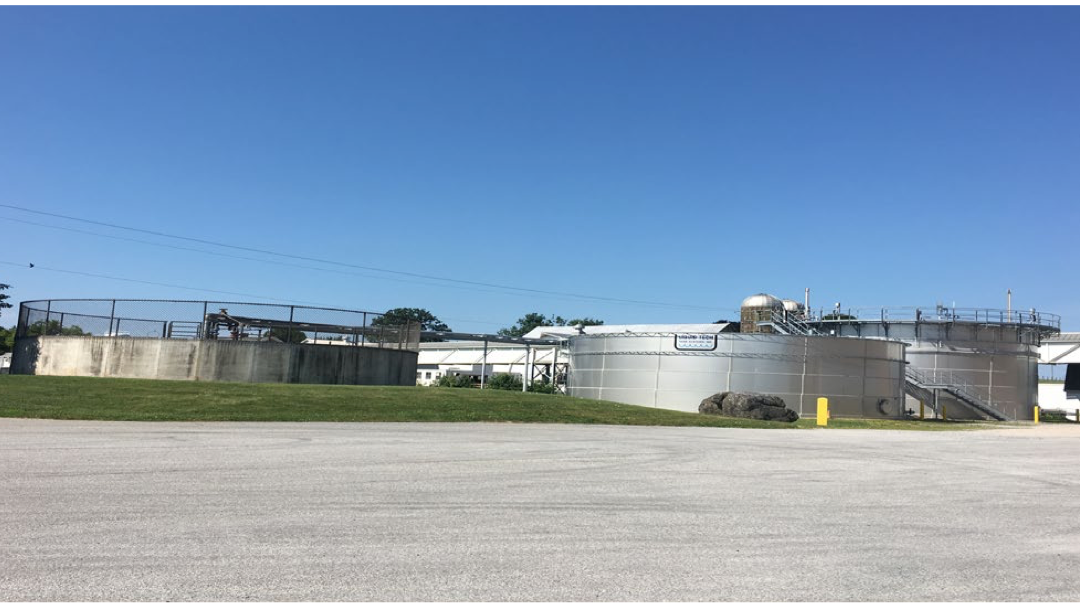
by Juls Clemente | Mar 25, 2020 | Case Studies, Toxicity Mitigation
Industrial WWTP .05 MGD Managing toxic loadings at industrial wastewater treatment facilities can be challenging. Influent from food processing industries can introduce harmful cleaning products. The book Wastewater Bacteria, by Michael Gerardi, explains cleaning...
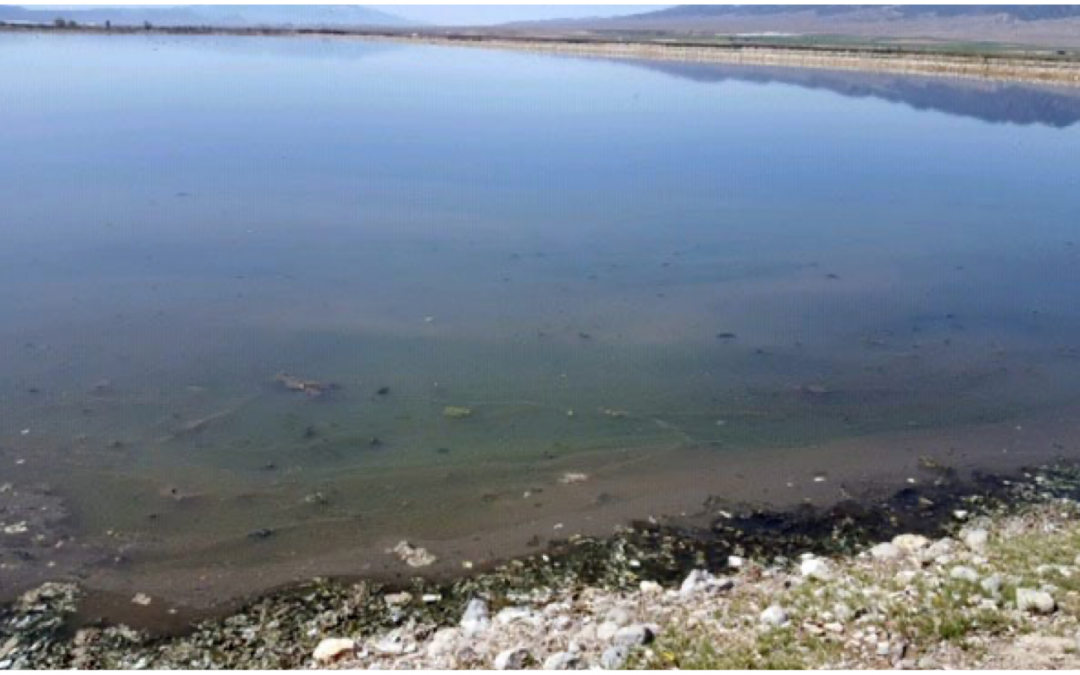
by Juls Clemente | Mar 25, 2020 | Case Studies, Toxicity Mitigation
0.4 MGD Wastewater Lagoon System Municipal wastewater lagoon systems are susceptible to toxic waste poisoning. Toxic loads from residences and businesses are sporadic and difficult to mitigate. When toxicity levels are high in wastewater lagoons, the biological...








